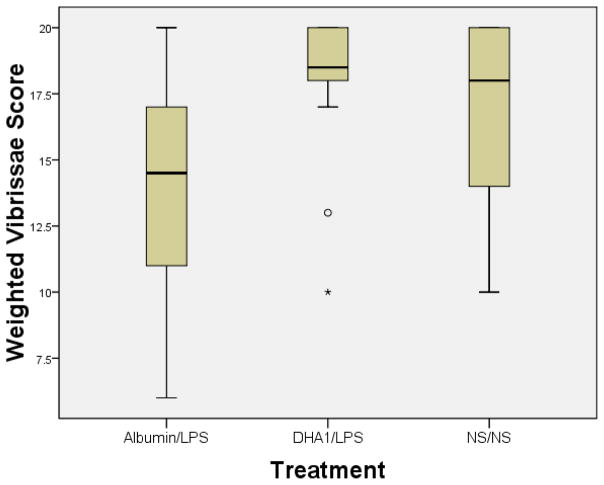Figure 1. DHA pretreatment attenuates forepaw placing deficits among hypoxic ischemic pups exposed to LPS pretreatment.
Vibrissae-stimulated forepaw placing test results in control groups (that received normal saline followed by normal saline) and treatment groups (that received DHA 1mg/kg or Albumin followed by E. coli lipopolysaccharide inflammation) prior to undergoing right (R) carotid ligation followed by 90 minutes of hypoxia at 8% oxygen on postnatal day (P) 7. Testing was performed on P14 (10 trials/side). The y-axis = weighted response score in which complete forepaw placing on stimulus surface received score of 2 and partial response (i.e. forepaw motion without placing on stimulus surface) received score of 1. Best possible weighted score is 20. Boxes= interquartile range; horizontal bars=medians; whiskers=SE. They extend to data points no more than 1.5 width of box. All animals consistently responded to R vibrissae stimulation with appropriate R paw placement. Impairment of left (L) paw placement in response to L vibrissae stimulation was seen in Albumin/LPS rats compared to normal saline/normal saline rats. Among LPS pretreated groups, performance was significantly better in the DHA/LPS treatment group when compared to Albumin/LPS (P=.007; Tukey-Kramer test).

